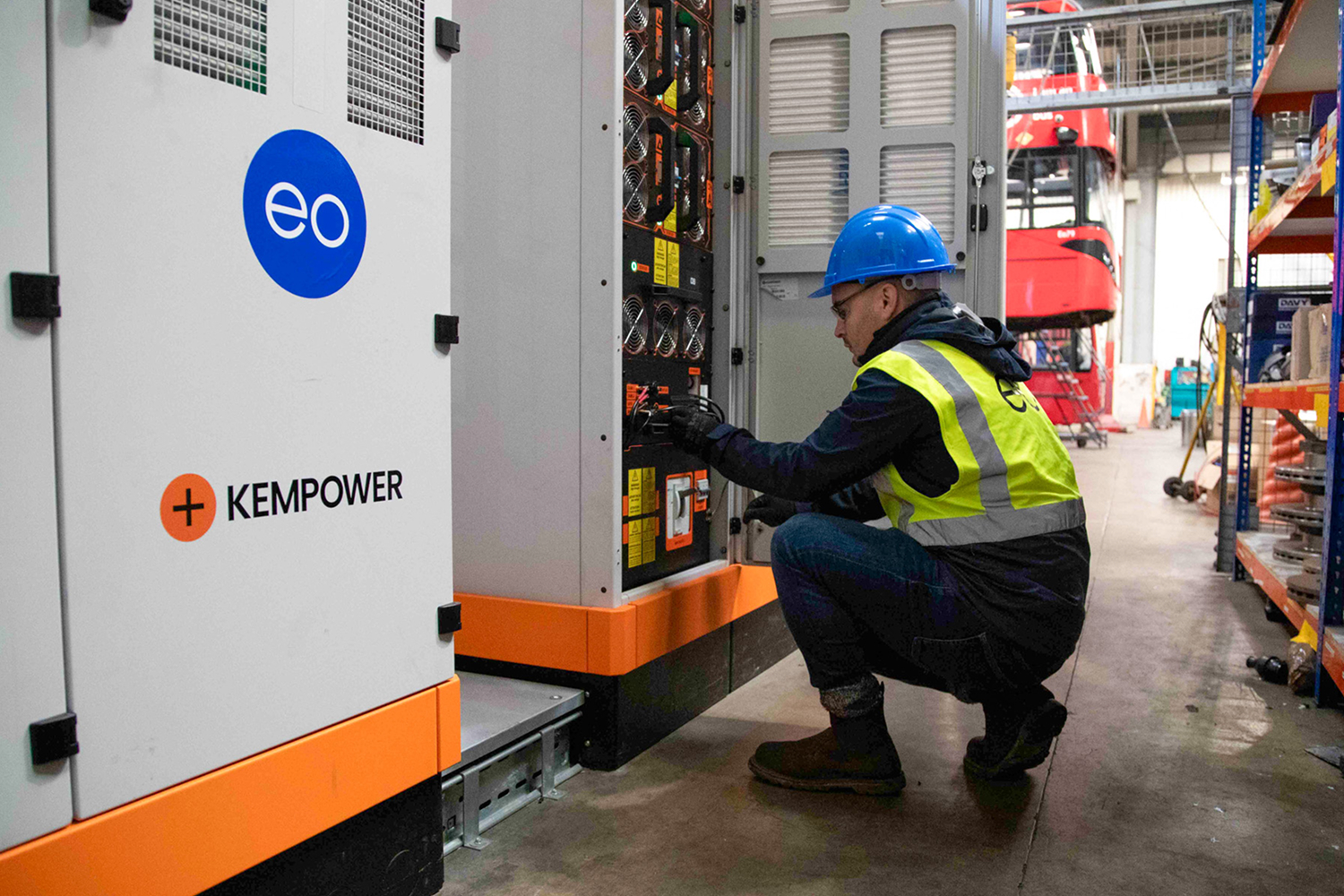Blog
Driving the transition to Electric Trucks
The critical role of DC Charging in enabling the electrification of HGVs in the UK
The transition toward electric Heavy-Duty Vehicles (HGVs) is finally underway. In 2019, the UK was home to just 59 battery electric trucks, miles behind its passenger car and light duty van counterparts, but predictions now suggest the number will increase almost twentyfold by 2026 to reach 1,175(1).
Driven initially by government zero-emission mandates, the move to electrification is now making increasing business sense for HGV fleets, with TCO parity with diesel equivalent vehicles expected to be achieved by 2030(2).
With the number of electric trucks hitting the roads increasing rapidly, there is increased demand for sufficient HGV charging infrastructure that can power trucks quickly and provide the business continuity fleets need to meet customer expectations. Without this, the UK risks the growth of electric truck fleets, and the emissions savings they bring, stalling.
So what does sufficient charging infrastructure look like for HGVs in the UK?
Distributed DC charging: Powering electric truck fleets
The biggest barrier to electrifying trucks is simple: electric trucks, having bigger batteries than passenger electric vehicles (EVs), require more power. This has made it challenging for fleets to ensure vehicles can be charged rapidly enough to meet their daily duty cycles.
To make an electrified truck industry a reality, fleets need versatile DC (direct current) charging that can provide ultra-rapid charging, for example, during short mandatory driver breaks, whilst also provisioning slower DC charging for longer dwell times, in line with logistics fleets’ usual habits.
Unlike standalone systems, which operate independently from a charging network, distributed systems employ power cabinets and separate user units. This means distributed systems are flexible and can allocate several power cabinets to a single user unit if needed. At truck depots, this means high amounts of power can be routed to a single truck, allowing it to reach a high level of charge within a short window. Or, if several trucks need charging at one time, power can be distributed between the trucks according to need, optimising power distribution for the fleet and ensuring vehicles are ready to hit the road.
DC chargers can also serve both rapid on-the-move and slower overnight depot charging use cases from the same power source using dynamic power distribution. This enables commercial fleets to take a versatile approach to charging activities and evolve charging behaviours over time to meet prevailing operational needs.

Driving operational efficiencies
Overcoming limited depot space has been another significant barrier in the electrification of HGVs.
Most of today’s truck charging sites were not initially built with truck charging in mind, meaning there is often little space leftover to build charging infrastructure. Distributed charging, which involves decentralising the main power unit and positioning it away from the small footprint charging dispensers, allows for a more flexible charging design that works, even with the space restrictions of an existing site.
Distributed DC charging is also vital for helping to improve the cost efficiency for fleets by distributing power according to time of use tariffs and peak shaving. This is useful during overnight charging at depots, enabling charging to be scheduled at times of low demand, when electricity costs are lowest.
Looking to the future: Megawatt Charging Systems can revolutionise truck charging
More developments to serve a growing electric truck industry are in progress. While the Combined Charging System (CCS) standard has accelerated the EV transition by standardising charging points, Megawatt Charging Systems (MCS) will be essential to support the impending boom in electric trucks.
MCS is a new charging standard that allows heavy-duty electric vehicles to charge at extremely high rates of 1MW or higher, delivering high power in short charging windows to electric trucks on the move.
Charging manufacturers like Kempower already offer MCS solutions and several vehicle OEMs are in the process of developing MCS-compatible vehicles, with the first prototype vehicles being tested by various OEMs this year. In the meantime, we are in an exciting ramp up phase from CCS to MCS.
To Charge Point Operators (CPOs), I give this advice: it is important to invest in charging infrastructure that is compatible with both CCS and MCS. Whoever has the infrastructure ready when the MCS-compatible trucks arrive will be in a great position to reap the benefits of MCS charging. In the meantime, the infrastructure will still be usable for other trucks while MCS demand increases.
The electric truck transition is gathering speed in the UK. What once seemed a far-off dream is now becoming a reality as charging manufacturers and vehicle OEMs devise solutions to barriers that have long faced the electric truck industry. We are now experiencing an exciting phase in the transition, where early adopters are investing in electric trucks now to become leaders in the future.
Sources
(1) Statista European electric truck market forecast
(2) BloombergNEF Electric Vehicle Outlook 2025

Guest Author
Gareth Sutcliffe
Sales Manager, Commercial Fleets, UK & Ireland at Kempower